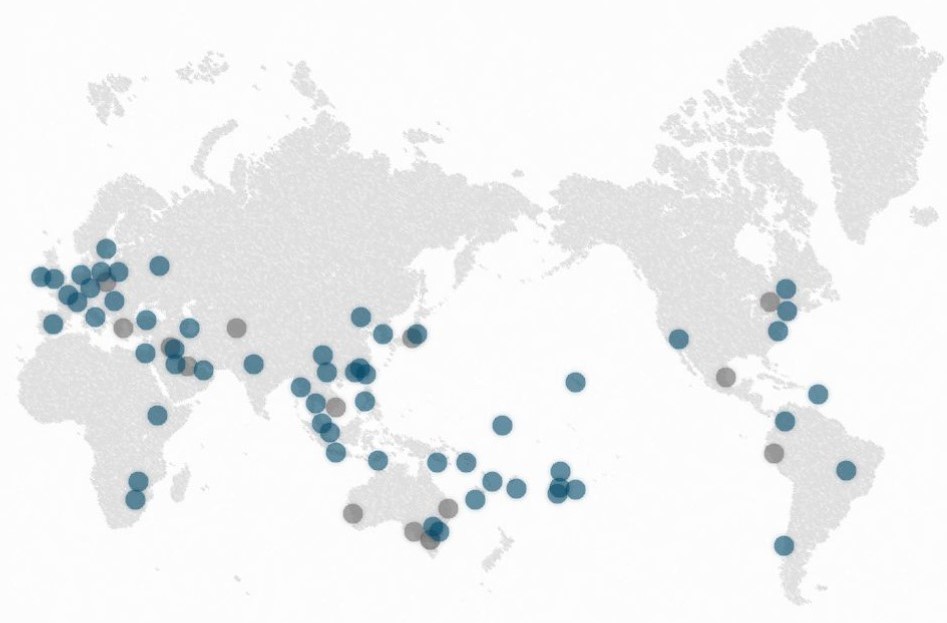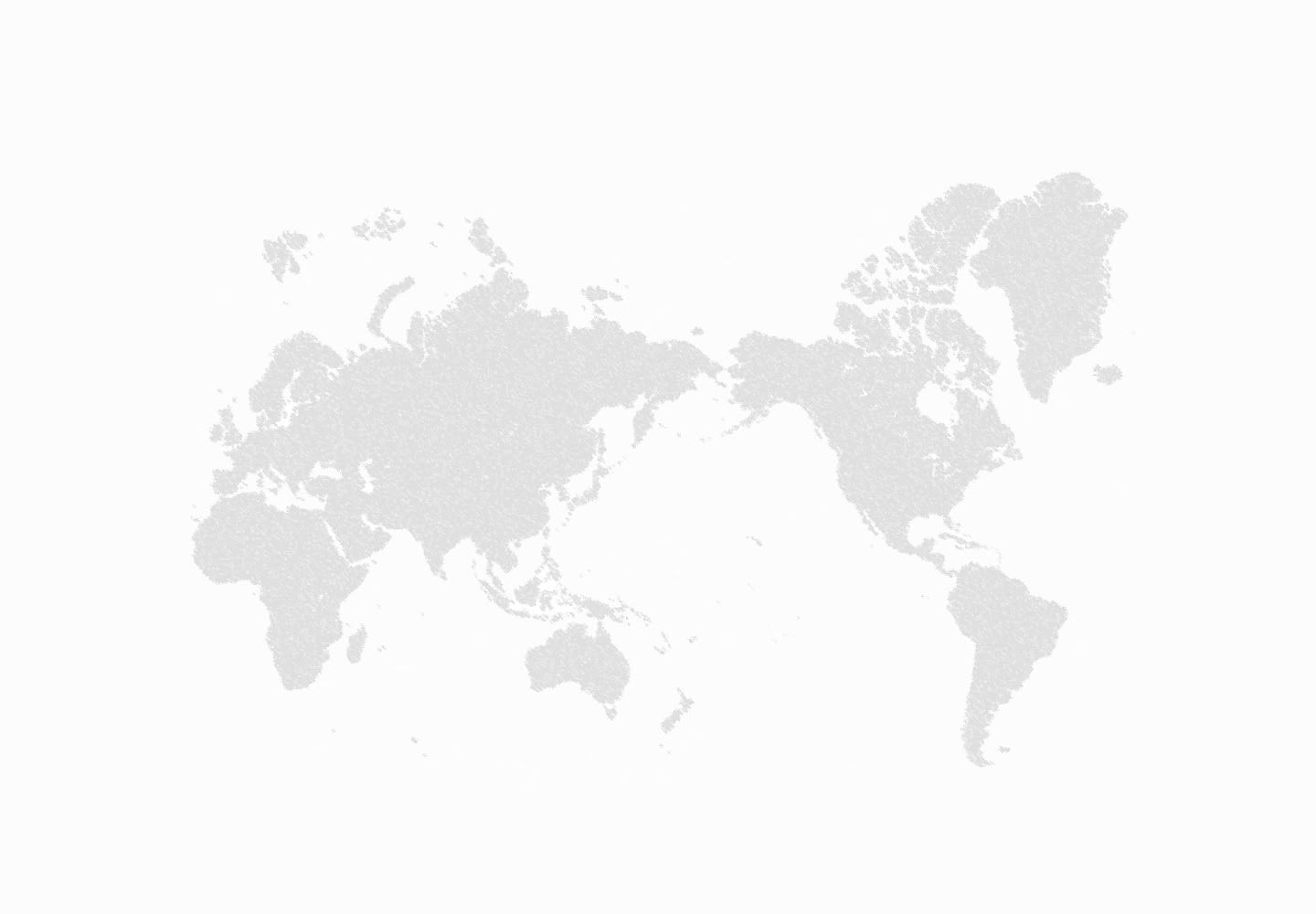
75
Our Story
New Zealand
Growing Up in the World
The story of the Ministry of Foreign Affairs and Trade’s diplomatic post1 expansion over 75 years is the story of New Zealand growing up in the world.
This is the story of New Zealand setting up our posts around the world. These are places that have become synonymous with New Zealand far from home, sometimes temporarily, sometimes for decades. This is also a story of the lives our people have lived offshore in the service of New Zealand. As our offshore “footprint” has grown over the decades, so too has the Ministry and its people. The Ministry today is a diverse mix of cultures, identities and skillsets spread across New Zealand and MFAT’s 60 posts.
This story focuses on particular posts to tell the story of the expansion of the Ministry’s offshore network, often drawing on the personal perspectives of those who were there.
1Refers to High Commission or embassy.
In the beginning
1940s and 50s
Prior to the 1940s, New Zealand’s foreign affairs were handled by the United Kingdom, and we had few bilateral relationships with other countries.
The New Zealand Government was represented in London by an Agent-General from 1871 to 1905 and subsequently by a High Commissioner.
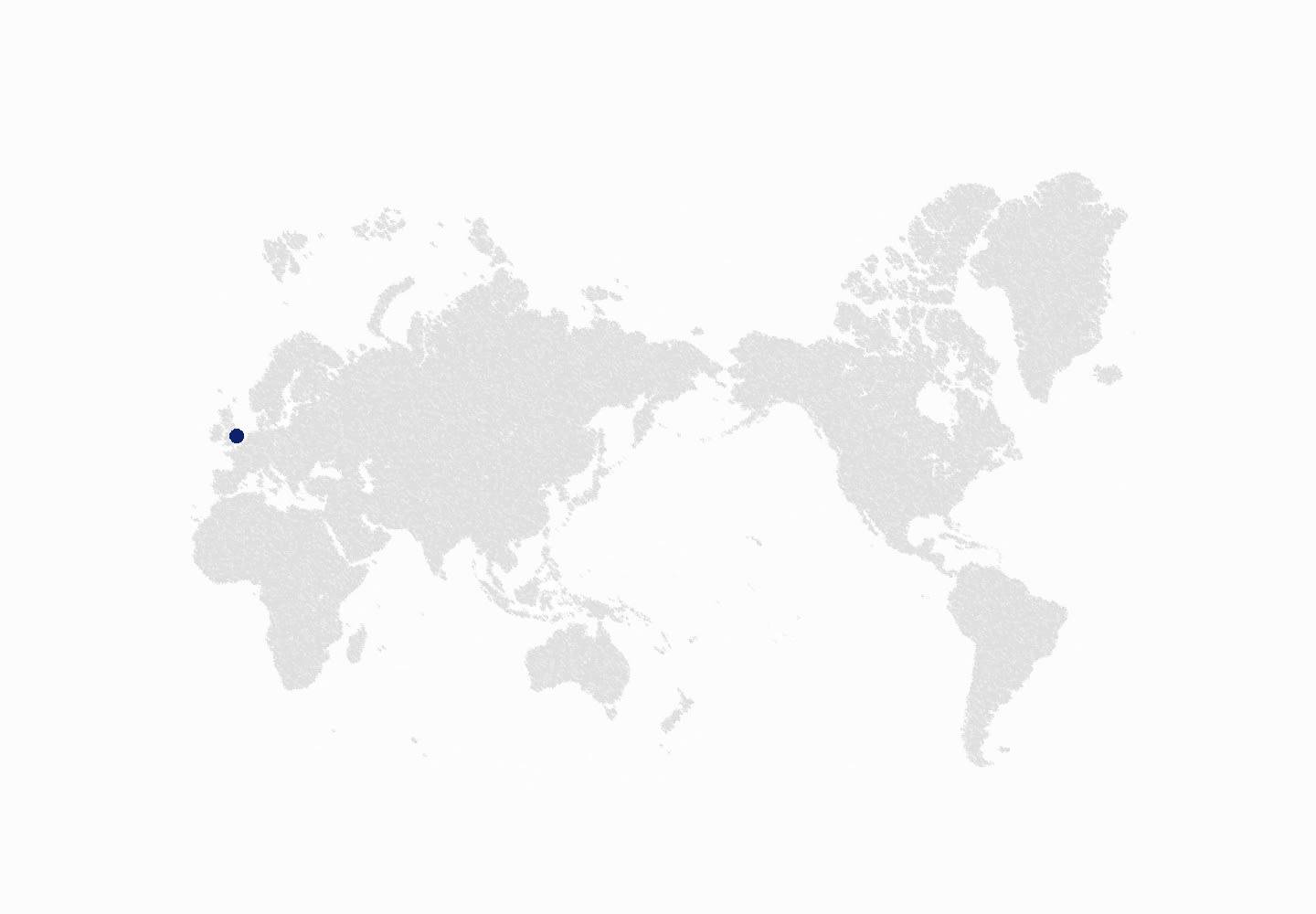
1871
London
1871 — London
New Zealand House
London is New Zealand’s oldest diplomatic post and the location of New Zealand House. New Zealand House holds a special place in the hearts of many New Zealanders. The embassy was built on the derelict site of the former Carlton Hotel in London, destroyed by a bomb during the Blitz in the Second World War.
The design of the embassy differed from the diplomatic buildings of other Commonwealth countries in that it was a modern skyscraper.
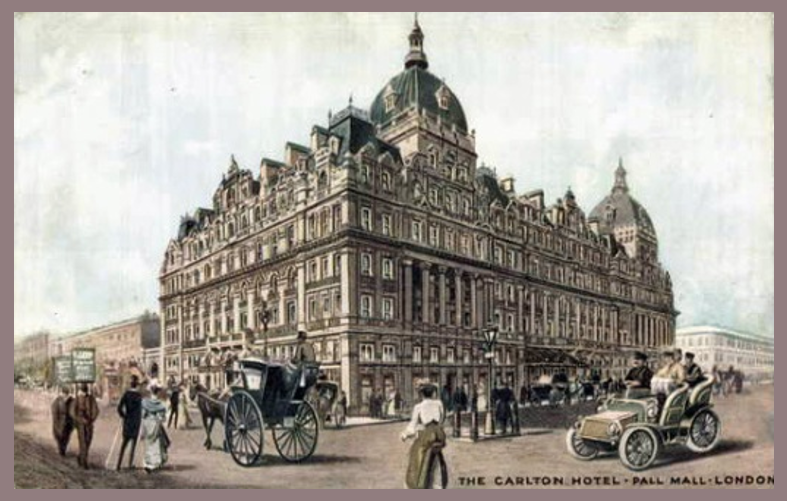
The Second World War made it important for New Zealand to develop its own international partnerships with other countries and join multilateral organisations. To improve coordination with allies during the Second World War, New Zealand established several new posts: Washington DC in 1941, Ottawa in 1942, Canberra in 1943, and a legation in the Soviet Union in 1944, which closed in 1950.
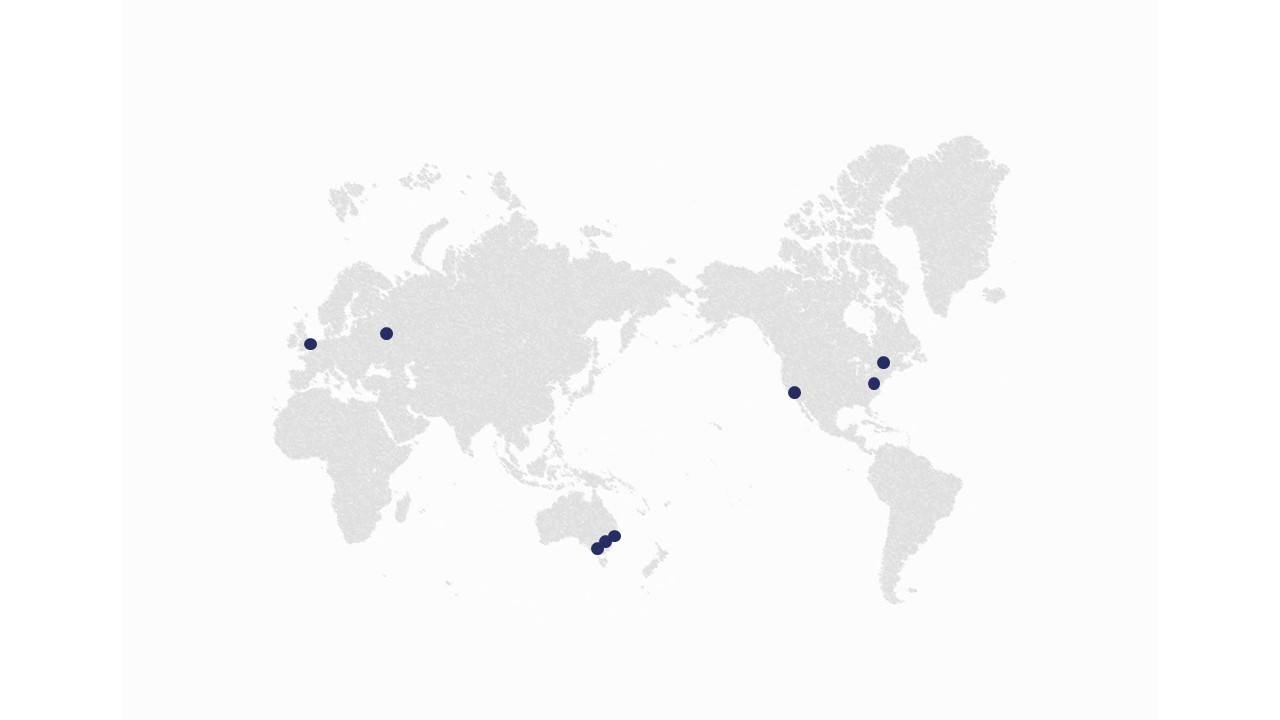
1905 – Melbourne & Sydney
1935 – Los Angeles
1941 – Washington, D.C.
1942 – Ottawa
1943 – Canberra
1944 – Moscow
The opening of these posts prompted New Zealand to establish its own foreign ministry, the Department of External Affairs. Created by the External Affairs Act in June 1943, the new Department incorporated an older office of the same name (dealing with island territories) and those sections of the Prime Minister's office which had previously coordinated diplomacy.
Washington
Prior to the establishment of the Department of External Affairs in 1943, New Zealand Prime Minister Peter Fraser thought that a New Zealand Minister should go to Washington DC. He picked his Deputy and Finance Minister Walter Nash and on 31 January 1942, Nash gave his first press conference in Washington. Two weeks later he presented his credentials to President Roosevelt.
Read more about the opening of our post in Washington and Mary Laking reflecting on her family’s two postings to Washington.
Image right: George Laking New Zealand Ambassador to the United States (1961-1967) on the right presenting to US Vice President Hubert Humphrey a case of lamb in 1966.
Department of External Affairs, 1943
Sir Alister McIntosh was appointed the first Secretary of the Department of External Affairs. McIntosh had been deputy to the head, Carl Berendsen, in the Prime Minister’s Department and was Secretary to the War Cabinet.
As well as building up the foreign service, McIntosh was instrumental in shaping New Zealand’s external policy in the post-war period.
McIntosh commented at the time of his retirement,
“I should like to think that my own main usefulness has been the building up of the Department of which I have been the permanent head since its establishment in 1943.”
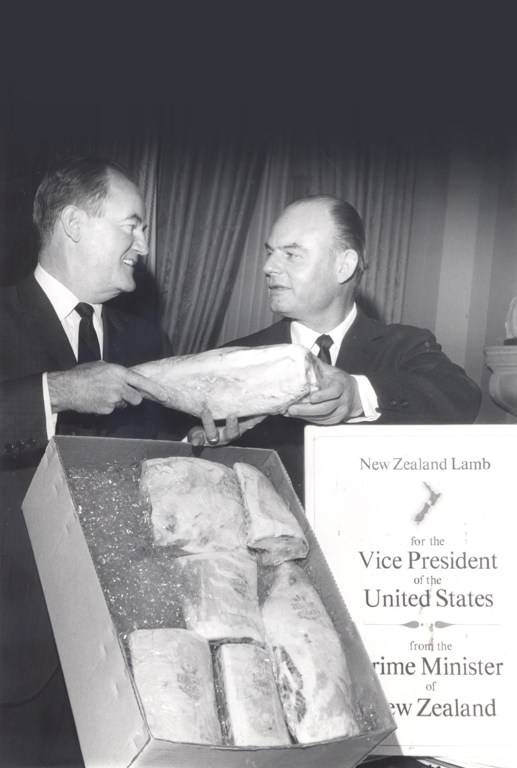
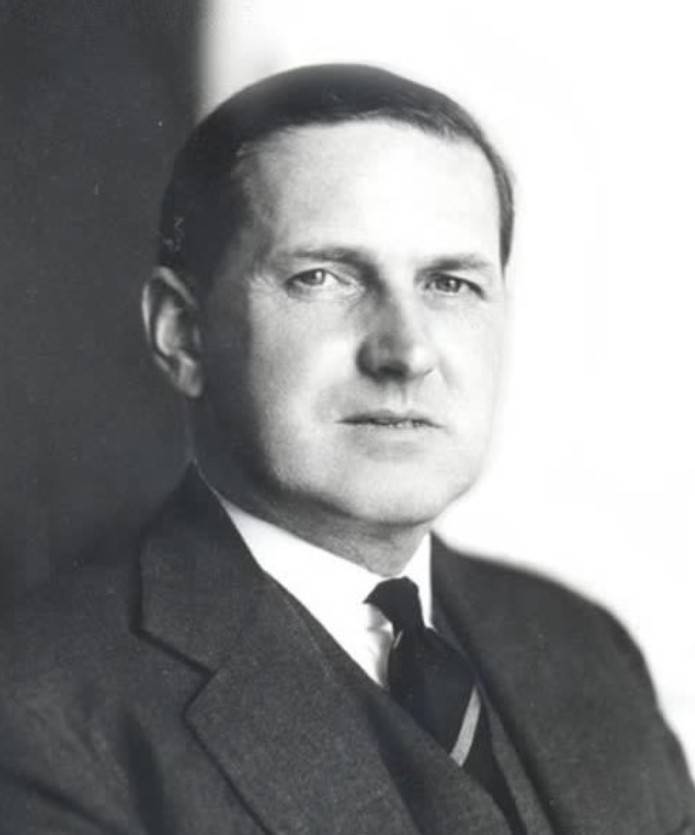
In 1945, New Zealand played an active role in the negotiation of the UN Charter, including advocating for the rights of smaller powers to participate as equals. When a UN Mission was established in New York, the New Zealand ambassador to Washington was also designated a UN permanent representative.
In 1947, a resident trade representative was appointed in Japan, followed by the establishment of legations [2] in Paris (1949) and The Hague (1950). By the late 1950s, these three posts, along with Washington, had been upgraded to embassies.
[2] A legation was a diplomatic office ranked below an embassy.
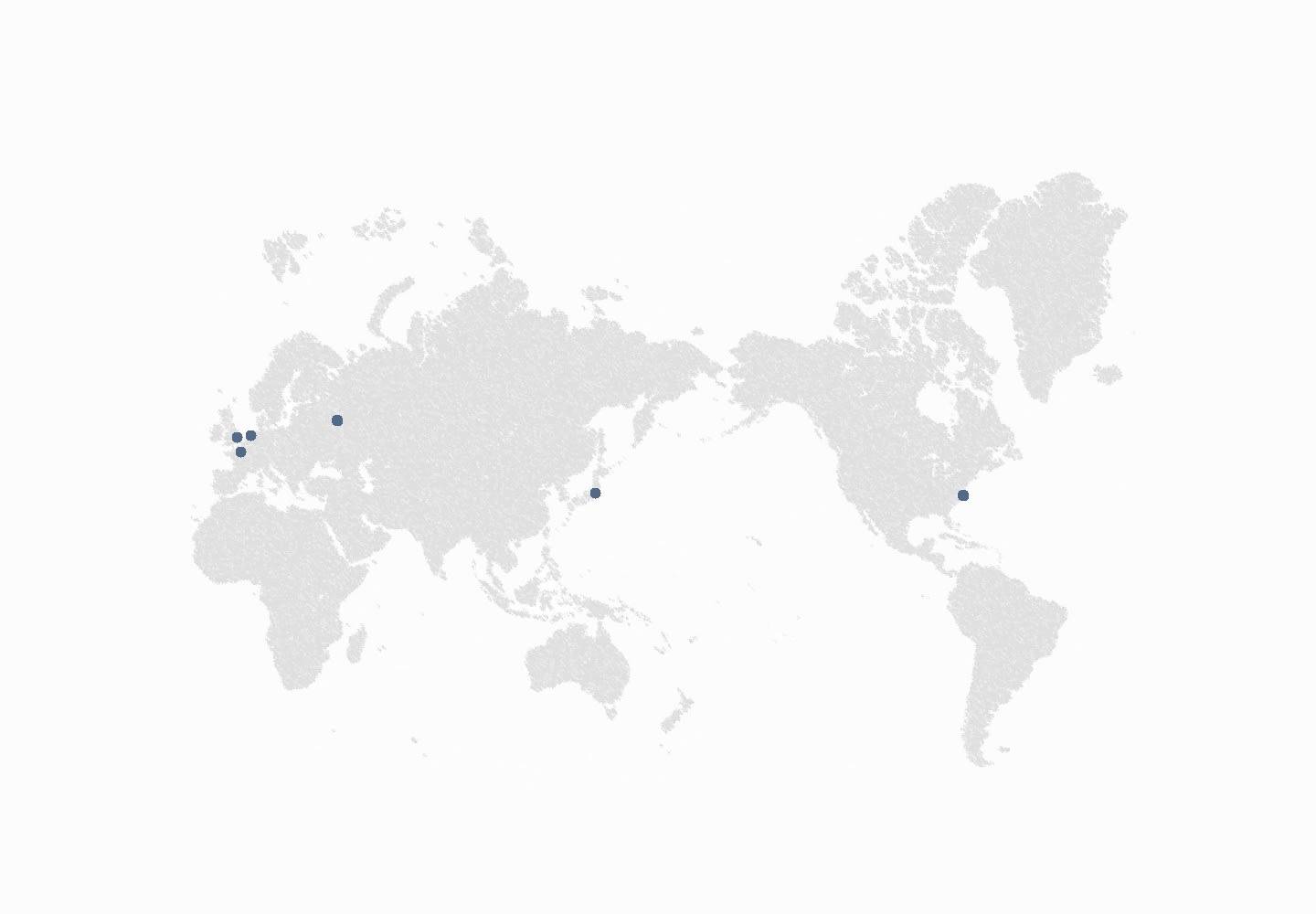
1947 – New York and Tokyo
1949 – Paris
1950 – The Hague
1950 – Moscow CLOSED
Paris
New Zealand’s official presence in France began as a result of a debt. During World War Two New Zealand had supplied New Caledonia with food on credit. The French government subsequently accepted responsibility for the debt but asked it be spent in France due to an acute shortage of foreign exchange. With the agreement of New Zealand, French Government funds were used to purchase a property that became the New Zealand legation. Jean McKenzie (pictured) was appointed head of mission, making her New Zealand’s first woman diplomat to head a New Zealand diplomatic post.
Athens, Singapore, Rome
Judith Trotter joined the Ministry in 1965 and in the course of her 33 year career served in New Zealand diplomatic missions abroad in Athens, Bangkok, New York, Paris, Singapore, Paris again, Ottawa, and Rome, the last four as Head of Mission. Judith shares her experience at post in these videos.
MFAT 75: Judith Trotter on her time in Athens
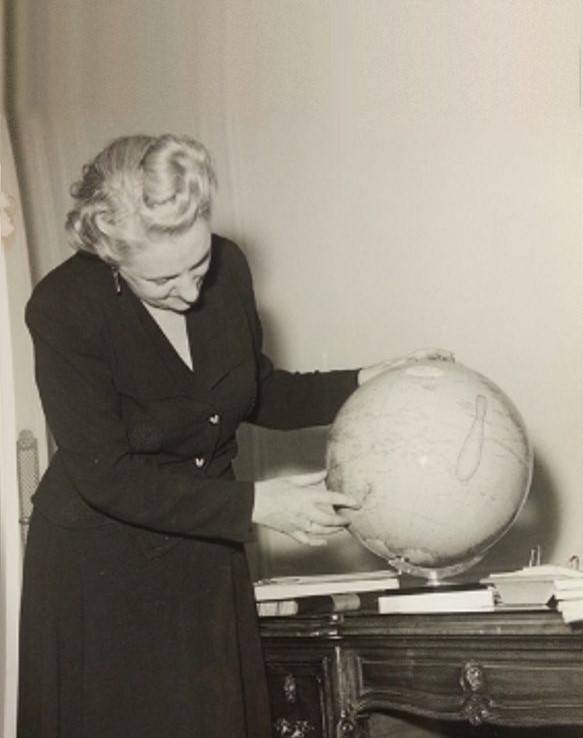
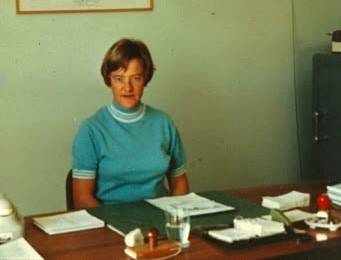
In the mid-1950s, New Zealand accepted a general commitment to collective security in South East Asia and recognised economic opportunities in the region.
From 1955 to 1961, a string of new missions opened in Asia.
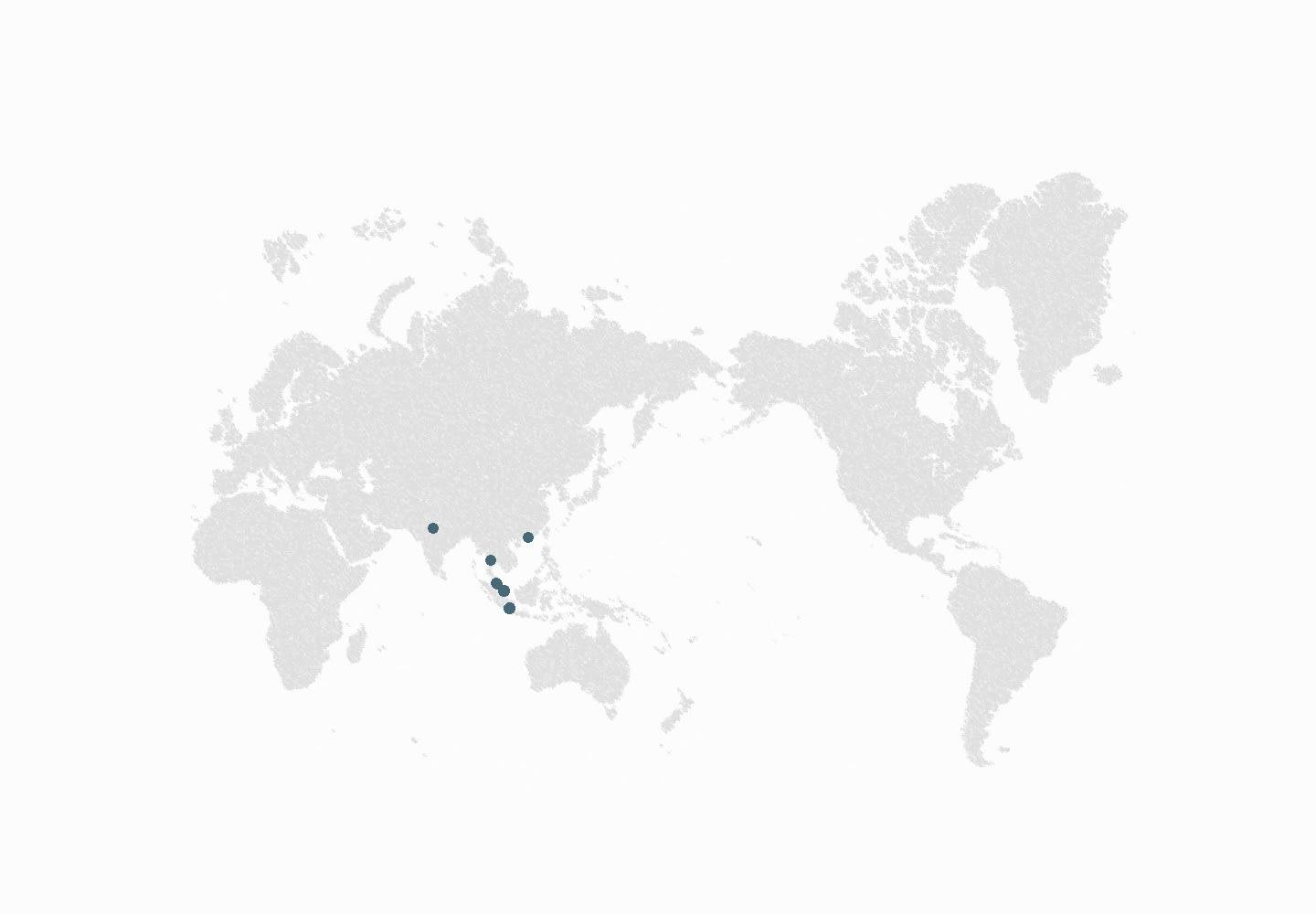
1955 – Singapore
1956 – Bangkok
1957 – New Delhi
1959 – Kuala Lumpur
1960 – Hong Kong
1961 – Jakarta
New Delhi
When Sir Edmund Hillary was appointed New Zealand’s High Commissioner to India in 1984, he asked Prime Minister David Lange what he was supposed to do. “Do whatever you think best,” Lange replied. And with that advice, Sir Edmund took on the task of re-opening the recently-closed New Zealand High Commission in New Delhi. Hillary, a major celebrity in India for his mountaineering achievements and his development work, oversaw a substantial warming of relations with India in the following years.
Read more about New Zealand’s relationship with India.
Image: Sir Edmund Hillary High Commissioner to India (1985-1989) with officials.
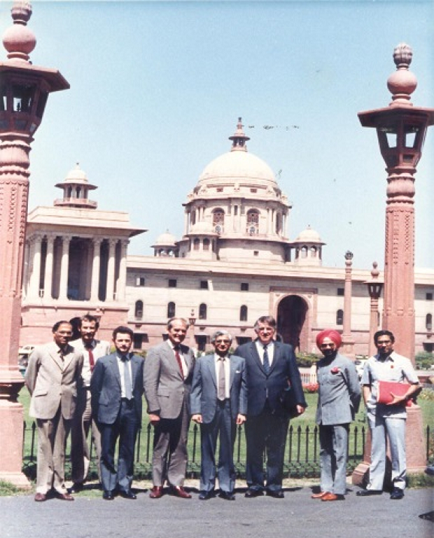
Finding our feet
1960s, 70s and 80s
In 1961, the United Kingdom announced its intention to enter the European Economic Community, prompting New Zealand to diversify its export markets. The mid-1960s saw a cluster of new posts opening in Europe, with new missions in Belgium, Greece, Germany and Italy. A post was also opened in South Vietnam due to the ongoing conflict there, although this did not last beyond the end of the Vietnam War.
When Samoa obtained its independence from New Zealand in 1962, it became the first Pacific Island state to host a New Zealand diplomatic post. A post was established in the Cook Islands in 1965 after it obtained self-government from New Zealand, becoming New Zealand's second mission in the South Pacific.
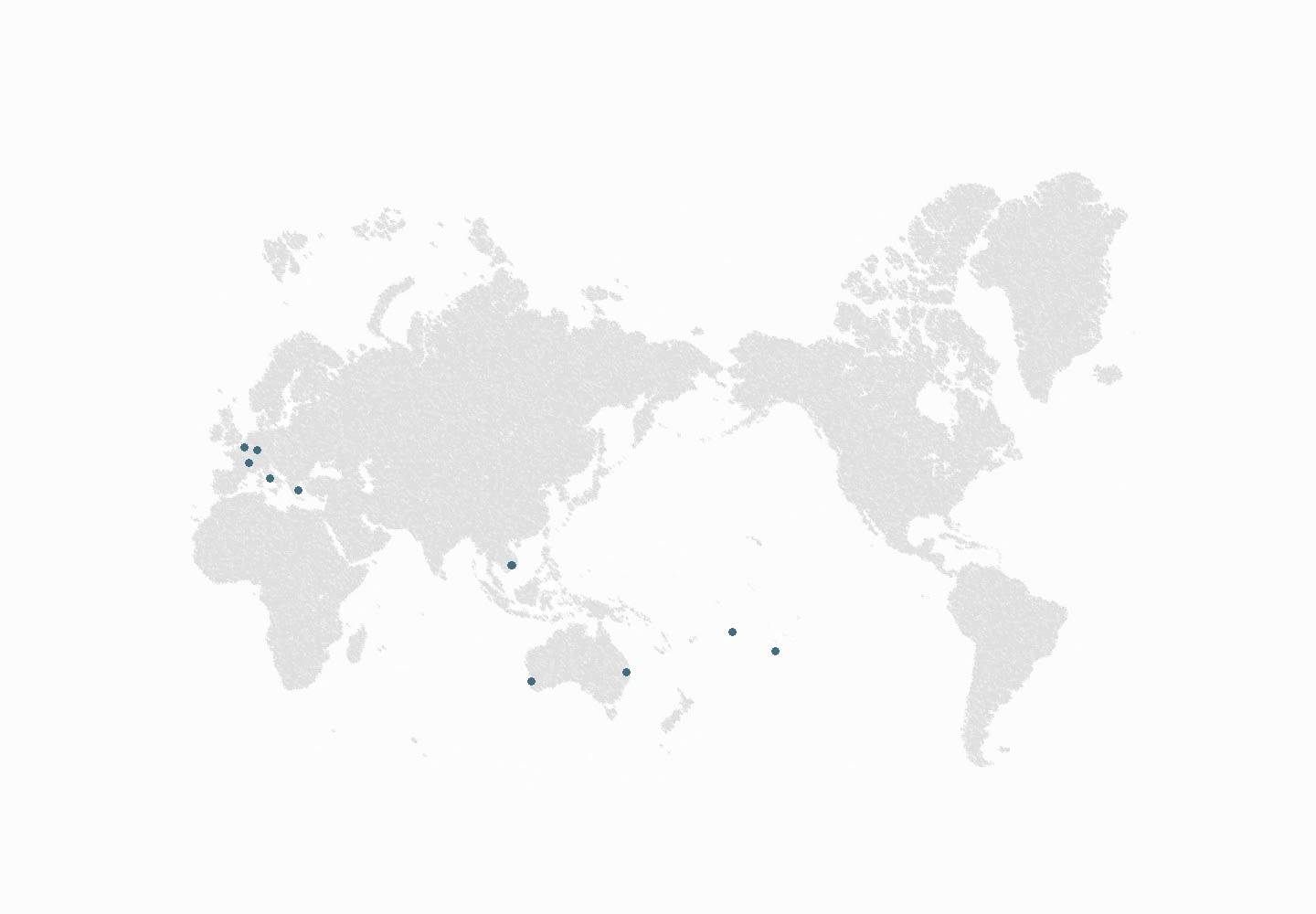
1961 – Geneva
1962 – Apia
1963 – Saigon
1964 – Athens
1965 – Rarotonga
1966 – Bonn, Brisbane and Rome
1967 – Brussels
1969 – Perth
Apia
New Zealand posts around the world rely on local people for their skills and advice. Nana Anae, the longest-serving staff member at the New Zealand High Commission in Samoa, is one example of hundreds around the world who have worked for New Zealand. Nana spent 26 years at the High Commission before leaving in 2017. She entered as a receptionist, and moved into a Consular/Passport Officer role before taking up the position as Senior Consular/Citizenship Adviser in 1997, a role she held until her departure.
Read more about Nana and New Zealand’s history in Samoa.
Image: Nana Anae served at the New Zealand High Commission in Apia from 1991-2017. Credit: Nana Anae
1970s and 1980s
The 1970s and 1980s were a time of continued expansion for MFAT. In 1973, the Labour government of Norman Kirk reopened its embassy in the Soviet Union and opened an embassy in the People's Republic of China. However, it was in the Pacific where New Zealand's representation rapidly expanded as several countries gained independence, including Fiji, Papua New Guinea, the Solomon Islands, Kiribati, Niue, Tonga and Vanuatu. Frequently, New Zealand was the first country to establish a mission in these states. To continue diversifying its markets, New Zealand also expanded into the Middle East, Latin America, and elsewhere in Asia.
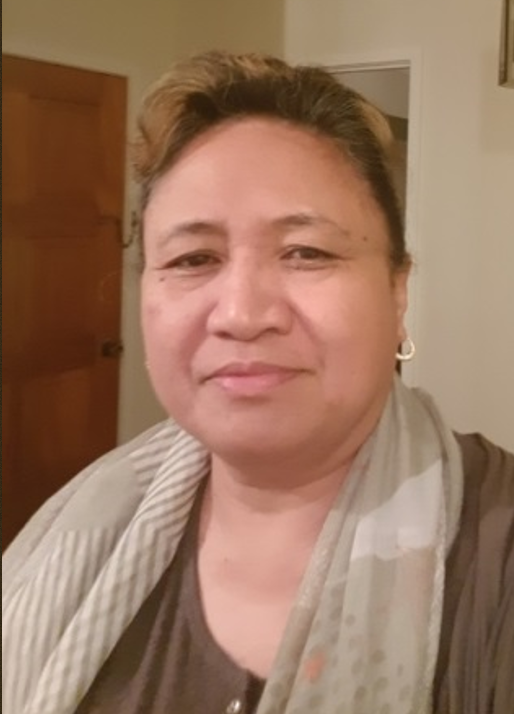
The 1970s and 1980s were a time of continued expansion for MFAT. In 1973, the Labour government of Norman Kirk reopened its embassy in the Soviet Union and opened an embassy in the People's Republic of China. However, it was in the Pacific where New Zealand's representation rapidly expanded as several countries gained independence, including Fiji, Papua New Guinea, the Solomon Islands, Kiribati, Niue, Tonga and Vanuatu. Frequently, New Zealand was the first country to establish a mission in these states. To continue diversifying its markets, New Zealand also expanded into the Middle East, Latin America, and elsewhere in Asia.
1970 – Suva
1971 – Seoul
1972 – Noumea & Santiago
1973 – Beijing, Vienna, Lima & Moscow
1974 – Niue & Port Moresby
1975 – Baghdad, Manila & Tehran. Saigon closed
1976 – Toronto
1977 – Bahrain & Nuku'alofa
1978 – Honiara
1982 – New Delhi closed, Toronto closed
1983 – Mexico City. Baghdad closed
1985 – Osaka, Riyadh & New Delhi
1986 – Adelaide & Harare
1987 – Port Vila
1989 – Tarawa. Osaka closed
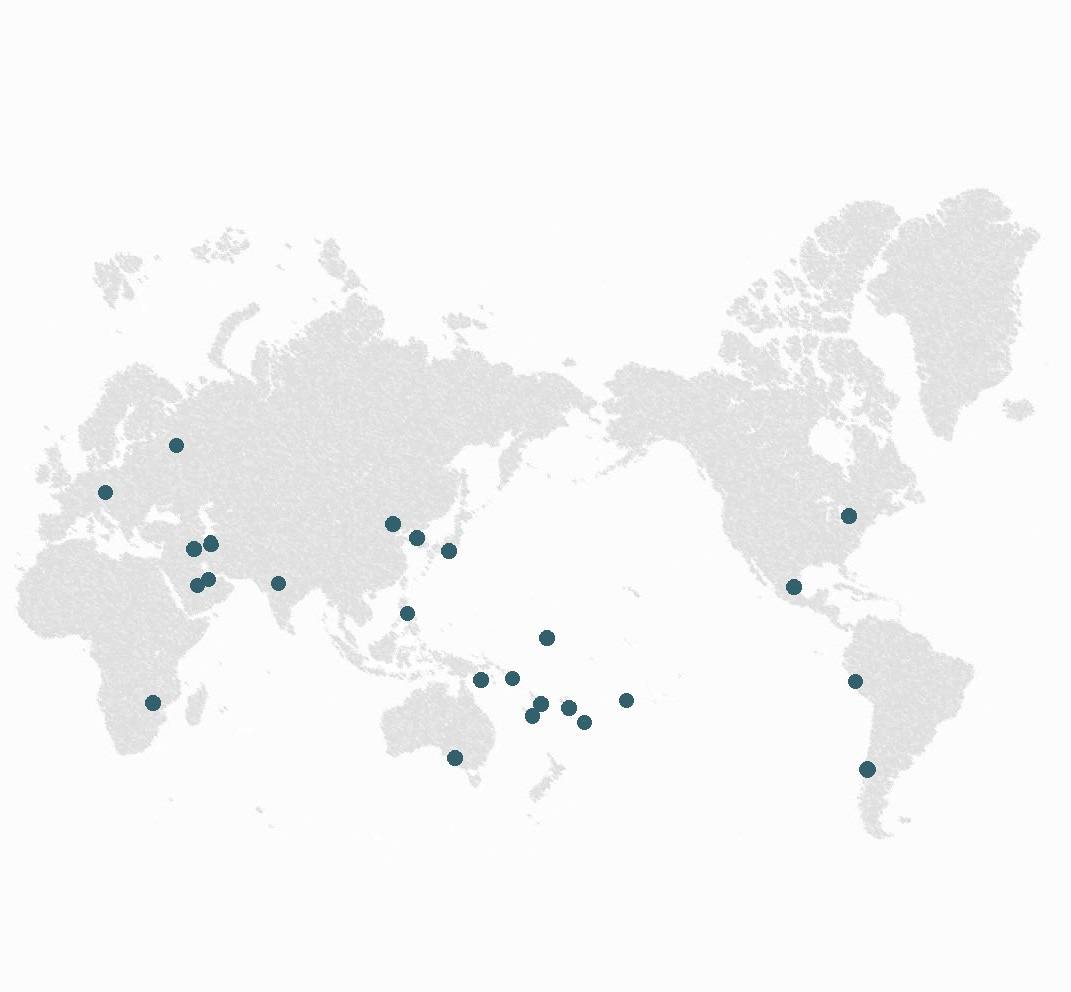
Santiago
New Zealand opened an embassy in Santiago, Chile in 1972 as part of its economic strategy to diversify markets for New Zealand exports. The government could hardly have chosen a worse moment for its first venture in Latin America with the September 1973 military coup led by General Pinochet. Piera McArthur, wife of Ambassador John G. McArthur, recalls the situation in Chile during the coup. New Zealand’s Ambassador to Chile (2015-2018), Jacqui Caine, describes New Zealand’s current relationship with Chile.
Read more about New Zealand’s relationship with Chile.
Piera and John G. McArthur, New Zealand Ambassador to Chile (1973-1975), Santiago, 1973. Credit: Piera McArthur
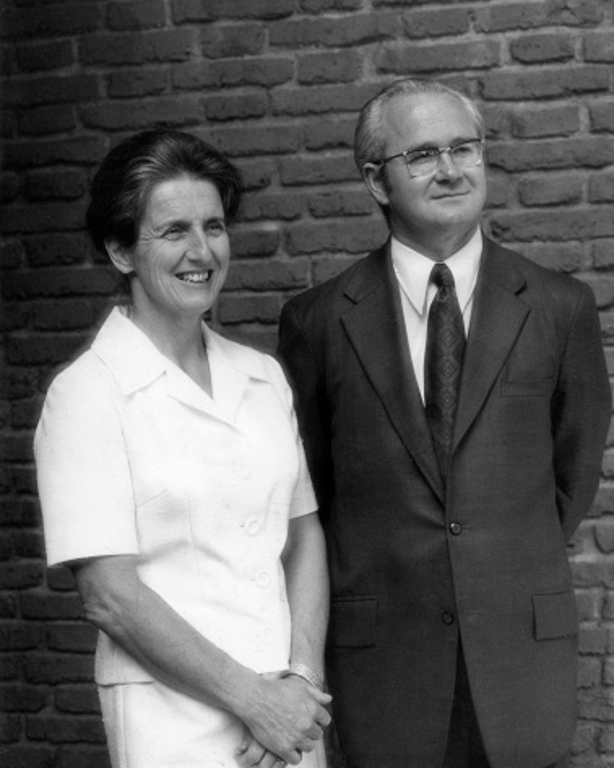
Our place in the world
1990s, 2000s and 2010s
The early 1990s were a time of substantial reorganisation of New Zealand's diplomatic missions, with a number of closures. A substantial redistribution of New Zealand's European resources took place — posts in Greece and Austria were closed, while a new post was established in Spain. New Zealand's post in Iraq was closed due to the Gulf War, and a post in Bahrain was shut shortly afterwards. The end of apartheid resulted in a decision to move New Zealand's post in Zimbabwe to South Africa. In South America, New Zealand's embassy in Peru was also closed, but missions were opened in Brazil and Argentina.
Times were changing at the turn of the century with capitalism spreading and the cold war thawing. Germany was starting to show strength and influence in Europe and New Zealand shifted its post from Bonn to Berlin.
New Zealand opened a post in Dili in 2000 following Timor Leste’s independence and subsequent support of New Zealand’s various stability and security operations. New Zealand also operated a post in Kabul with a Resident Ambassador from 2010-2014 to support the Provincial Reconstruction Teams and International Security Assistance Force missions.
By 2010 other foreign missions were looking at changing to a hub and spoke operating model. The Ministry adopted an approach to ensure that our offshore presence is flexible and responsive to emerging opportunities, including for NZ Inc agencies. This has included developing new connections in new geographies to achieve economic and security objectives for New Zealand. Following changes to our own operating model in 2012, our network expanded rapidly, with six new posts opening in two years: Addis Ababa, Bridgetown, Chengdu, Guangzhou, Honolulu and Yangon.
1990 – Adelaide closed, Lima closed, Perth closed
1991 – Madrid. Athens closed
1992 – Shanghai. Bahrain closed
1993 – Ankara
1995 – Ha Noi
1996 – Osaka & Pretoria
1997 – Brisbane closed, Melbourne closed
1998 – Buenos Aires. Harare closed
1999 – Bonn closed, Osaka closed
2000 – Berlin & Dili
2001 – Brasilia
2004 – Warsaw
2006 – Cairo
2008 – Brisbane & Stockholm
2010 – Kabul. Brisbane closed
2011 – Abu Dhabi
2012 – Stockholm closed
2013 – Addis Ababa, Guangzhou & Yangon
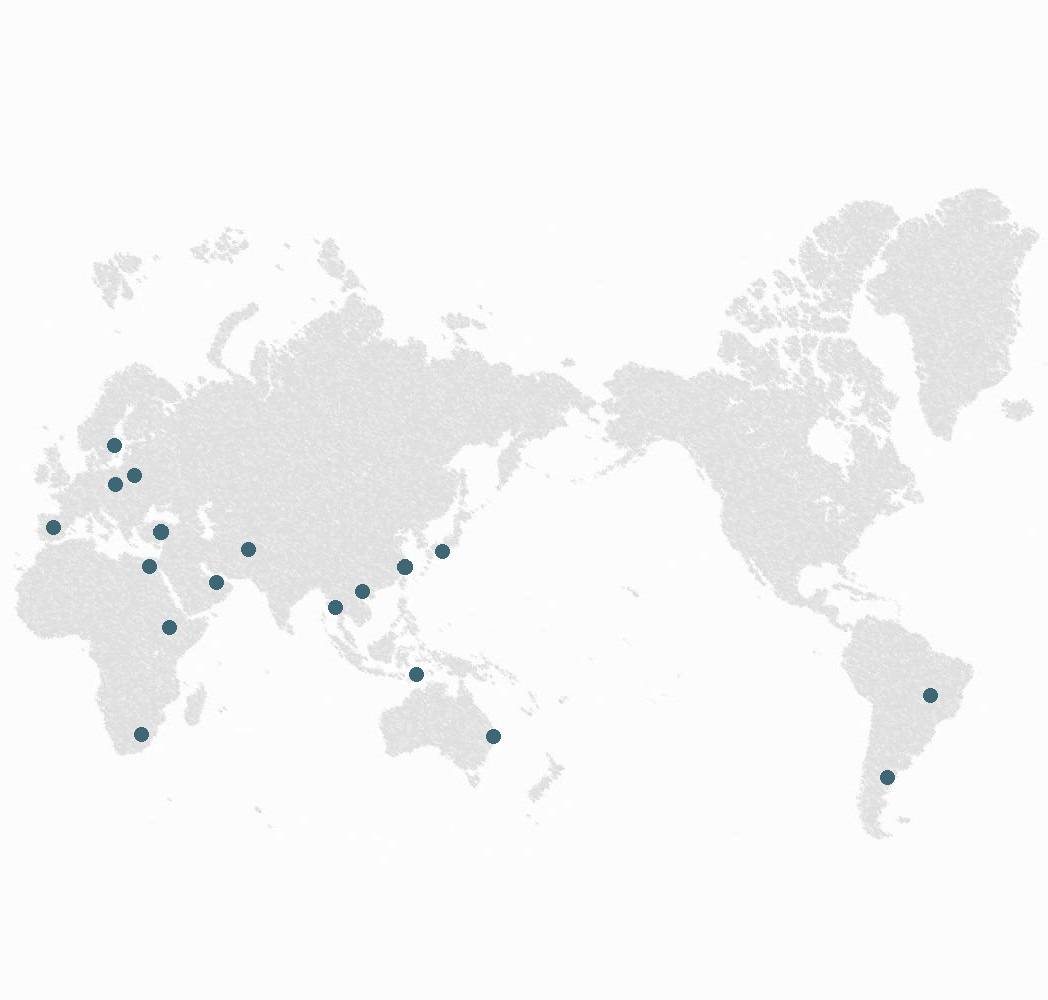
Addis Ababa
New Zealand’s newest post in Africa is in Addis Ababa, Ethiopia. Establishing the embassy in a new and sometimes challenging environment for New Zealand took plenty of flexibility and hard work. James Kember, New Zealand’s first ambassador to the African Union, Ethiopia and Djibouti undertook years of “suitcase diplomacy”, armed simply with MFAT laptop and suitcase, to pave the way for a permanent post.
Read more about New Zealand’s embassy in Addis Ababa.
Image: James Kember in front of the new African Union Headquarters building, opened in 2013. Credit: James Kember
Baghdad
New Zealand re-opened its post in Baghdad in 2015 in a co-location arrangement with Australia to support New Zealand's non-combat training mission to Iraq. A post in Bogotá was opened in February 2018 to help New Zealand develop business links in Colombia in what is one of the strongest performing economies in South America. The newest posts in the network are Dublin, Ireland and Stockholm, Sweden, which opened in November 2018 to further strengthen the close relationships.
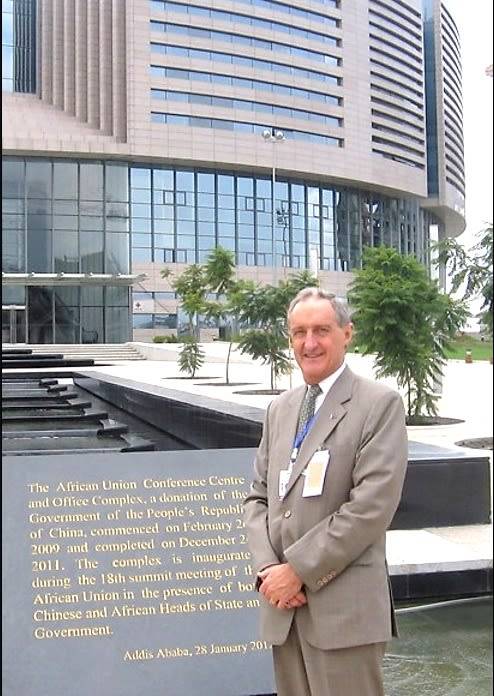
2014 – Bridgetown, Chengdu & Honolulu. Kabul closed
2015 – Baghdad
2018 – Bogotá, Dublin & Stockholm
Today the New Zealand government has relations with governments all over the world. We have grown our network of diplomatic posts to a presence across 60 posts representing 166 countries, supported by 1,600 people in the Ministry, as we act in the world to make New Zealanders safer and more prosperous.
